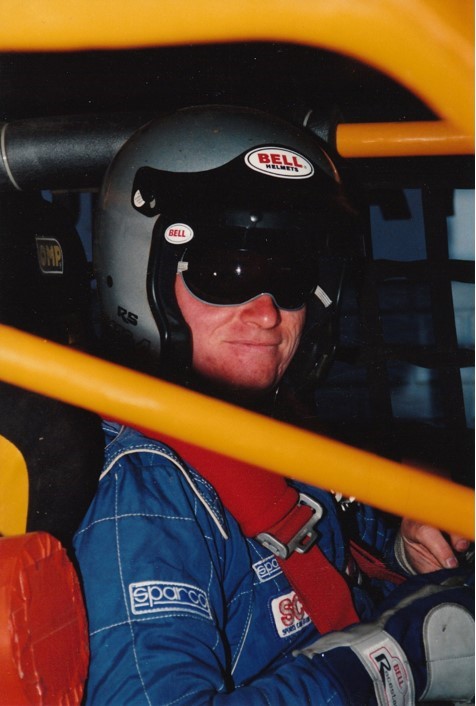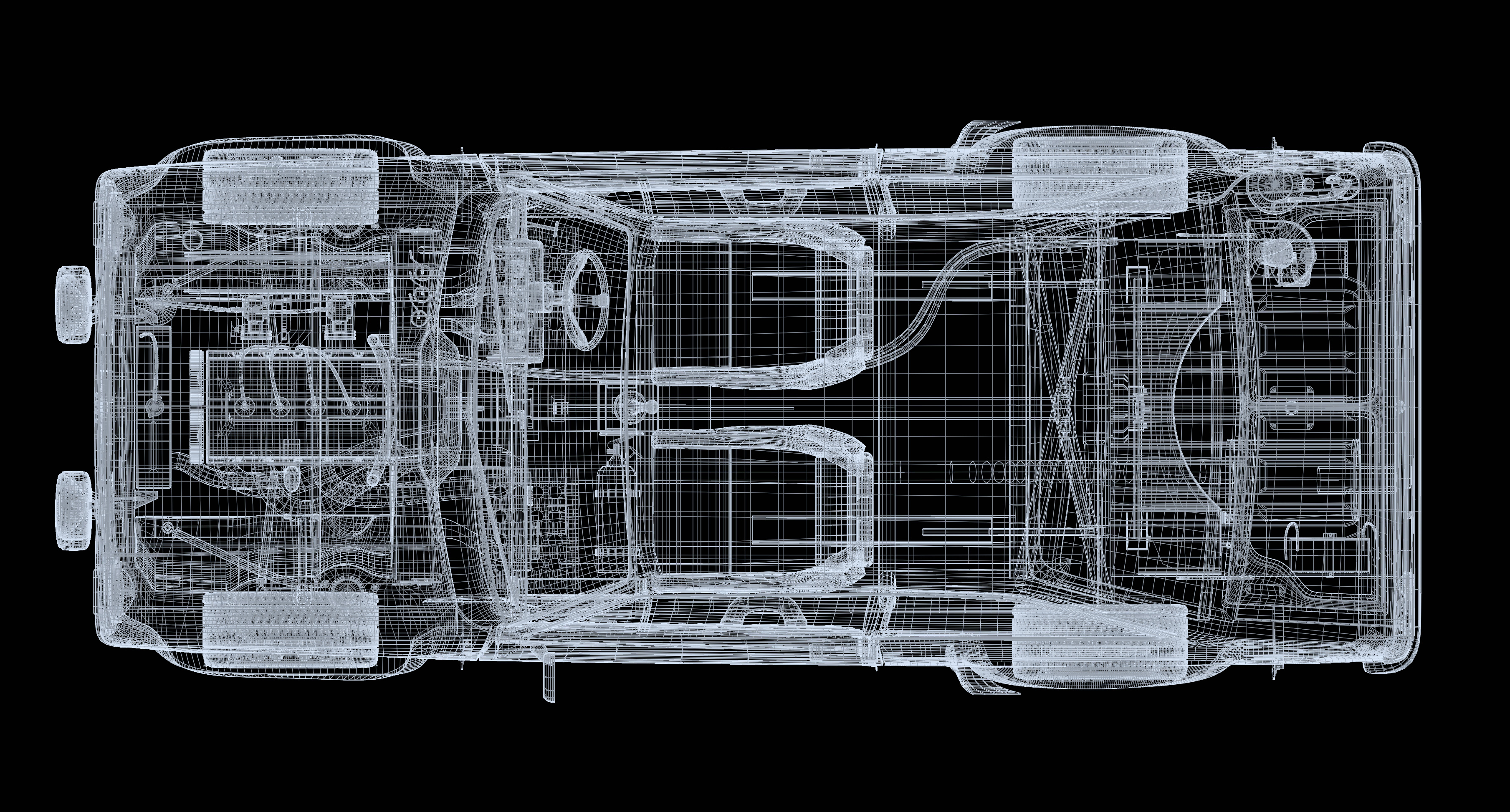Lime Rock Park

LIME ROCK PARK
Sportscar racing’s femme fatale?
If you don’t fear this place as a driver, it’s probably because you’re not going fast enough. For a guide as to exactly where the threats lurk—and it’s an absurd number considering the place has only seven turns—here’s IMSA GTP driver Al Holbert to demonstrate precisely how to test your fate at Lime Rock Park.
His wild ride misses only one other brown-pant location: that charming test of rectal fortitude known as either the “Downhill” or the “Diving Turn” where the compression zone will inevitably end in heart-stilling oversteer at the exit for anyone mindless enough to get off-throttle at some point during the turn.
Allow Josef Newgarden to demonstrate the consequences of that.
All of which is to say, Lime Rock Park is plenty pretty and plenty scary. A fearsome place whose jaw-dropping beauty exists for only one reason—to seduce before the pummelling.

VAMPING IS BAD FOR YOU
Lime Rock Park remains the spiritual home of sportscar racing in the Northeast USA. From Manhattan to Boston and all points in-between, anyone and everyone who’s ever wanted to track their car, learn the art of racing, or just watch the world’s best drivers at work, will end up here.
It’s a pilgrimage site for any gearhead, a compact powerhouse of a circuit built in the magnificent foothills of Connecticut’s Berkshire Mountains and one that remains (almost) untouched since it held its debut race in April 1958. It’s also the US’s third oldest road racing venue (or so Wikipedia says), with only Road America (1955) and Willow Springs International Motorsports Park (1953) boasting a longer history.

Graveyards And Church Sermons
The first thing you’ll notice when you arrive is the cemetery across the road from the front gates. The graveyard belongs to the Trinity Episcopal Church that was destined to play a crucial role in the history of Lime Rock Park.
That whole saga started back when the circuit first opened its doors to welcome World War 2 vets supercharged with their need for speed in imported European sportscars. Faced with Sunday services disrupted by the noise droning out from the temple of speed across the road, worshippers hastily assembled the “Lime Rock Protective Association” and promptly sued the track.
After a protracted battle, the court sided with the association and Lime Rock was banned from hosting any motorsport events on Sundays—a decree which remains in effect to this day, and one that would, a half-century later, almost lead to the demise of the racetrack.
But that’s a story for later.

The Beautiful and Damned
For now, let’s feast our eyes on the setting: the exquisite countryside, the grand ol’ oak trees, the jolly bucolic beauty of the Berkshires, the green-green grass of summer. Lime Rock Park is so damned pretty that it boasts a grand total of zero grandstands. Yup. Not-a-one. Instead, fans congregate on home-brought chairs and blankets up on the hills that rise around the track in a natural amphitheatre. There aren’t many places in the world where you’re going to get this close to the cars and the action.

For those of a hardier disposition, watching the cars buzz by as you follow the course of the track from up on the ridge behind the treeline is an unmissable experience. And it doesn’t take long either since all this beauty and speed is contained on less than 2.5KMs of racing surface.

And because it’s such a short lap, it offers no rest for the wicked, as the good folk across the road will no doubt tell you. Though, to be fair to Jim Vaill—the man on whose land the circuit was built and who came up with the layout alongside nearby Cornell University’s Aeronautical Labs—the track was meant to run a lot longer, cutting up into the hills and dense woodlands. Vaill actually ran a bulldozer up there to prepare the land before he ran out of cash.
.jpeg)
A layout, as noted, that has remained unchanged since that first race in 1958—with one notable exception: the addition of the chicane up the hill at “Uphill”. Yes, Lime Rock is one of those self-assured places that is happy enough to enjoy a little self-deprecating humour: like naming the only left-hand turn at the circuit the “Left Hander” and the right-hand turn that follows the “Right Hander” which then leads out to “No Name Straight”.
So it’s probably not a surprise to discover that the chicane’s unofficial name honours a driver who had the most almighty of the almightiest shunts up there at the exit to “Uphill”.
But more on that later.
The Seven Deadly Sins

The thing a lot of first timers think when they get out and do some recon’ laps is, “What’s all the fuss about?” And that’s usually when they get engulfed by cars zipping past at some improbable rate of knots and realize they’ve missed the obvious: This place is scary fast.
How fast? Back in the epic days of IMSA GTP in the 1980s (yes, they ran full fields of 1,000BHP GTP cars here!), Lime Rock Park was the second-fastest track on the calendar—faster than Daytona and Road Atlanta and only marginally slower than Watkins Glen.
So how fast is fast? The unofficial lap record is a 0:43.112 set by P. J. Jones in a GTP Toyota Eagle MkIII in ’93. Doesn’t mean much right? Except when you realize that’s an average speed of over 200kmh! The official record is still held by Juan Manuel Fangio II, who stuck in a 0:45.105 in a sister Eagle MkIII that same year (the Eagle being the car that eventually killed off the GTP series for good). That lap also shattered the record held by Jacques Villeneuve Sr. (Jacques’ uncle and Gilles’ brother) going all the way back to 1983 in Can-Am. Yes, that Can Am because, yes, of course they ran full fields of those monsters here too!

And speaking of killing GTP, the speed those cars were hitting at Lime Rock Park by the late ’80s is why they introduced the chicane up at “Uphill”. They (semi, kinda) named it in honour of John Morton who, on a fine afternoon in 1988, became a passenger up there when his 1,000BHP Electramotive Nissan GTP decided it aspired to become an airplane and literally took off at the crest and flew off into the trees before exploding into a fireball that cartwheeled down the hill and from which Morton, who’d lost his helmet in the impact, was incredibly fortunate to be stretchered out of alive.
But then cars getting airborne through that section was something fans had been feasting on for a decade and more, ever since the heyday of Can Am. With some equally terrifying results. GTP cars pushing a ton of BHP was some serious butt-clenching action, and so, one imagines, was Memorial Day weekend (the race is run on a Monday, of course) when Martin Brundle in his Jaguar XJR-9 pulled out an average lap of 123mph here.
Staggering and terrifying in equal measure.

But there’s the thing about Lime Rock—when you’re on it, this place quickly drops its mask and transforms into a claustrophobic, threatening ghoul of rushing trees and crests and high-speed turns that keep whispering, “You can go faster, you know.” With precious little run-off anywhere around, you’d be well advised not to listen. Because if you get it wrong here, it’s going to hurt a lot more than your ego.

Legends of the Fall
The cars and drivers that have wrestled through Lime Rock’s almost 70-year history aren’t exactly unknowns either. From Can Am to GTP, from Paul Newman (who got the back straight named in his honour) to Mario Andretti, Jimmy Dean, and James Garner; from the American Le Mans Series and the IMSA WeatherTech SportsCar Championship to Gurney, Donohue, and Sam Posey too (after whom the front straight was named), Lime Rock Park has long-since sealed its status as one of the world’s most fabled sportscar circuits, equally at home as the home-track of Hollywood movie stars and stars of world motorsport.

And all of it came on the back of Jim Vaill’s persistence. He eventually sold the track in 1985 to another legend of American racing—Skip Barber, who brought his racing school here that same year (before moving it out to Road Atlanta in 2011). Under Skip Barber, the notoriously bumpy layout was repaved in the mid-’90s, but he was wise enough to leave almost everything else alone, ensuring the circuit retained that unique “club” vibe where the racing is always guaranteed fierce and the fans knowledgeable.
Skip Barber’s school went on to train around 40,000 drivers over the years and many have gone on to superstardom: from F1 stalwarts such as Sergio Perez (who competed in the Skip Barber National Championship in 2004) to Juan-Pablo Montoya, Michael Andretti, and Scott Speed.

Barber retained ownership right until 2021 when, in his eighth decade, he lost yet another appeal against the Sunday race ban. At that point, with land developers circling, the decision was made to sell out to Lime Rock Group, LLC, with Barber remaining part-owner.
That canny deal saved the circuit from being swallowed up by the developers and meant Lime Rock Park could continue being what it’s always been: a place of tradition and beauty that singularly refuses to be “Tilkefied”, proud to remain a no runoff, narrow, super-fast test of skill, technique, and courage.
It’s coming to Project Motor Racing alongside some of cars that have made this place one of the world’s legacy tracks for sportscar racing.






.png)


























